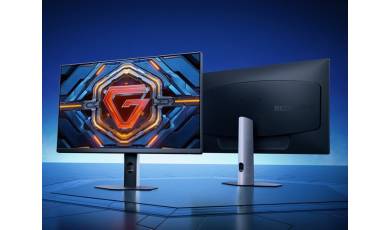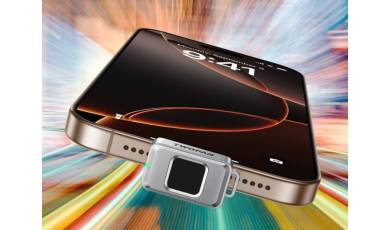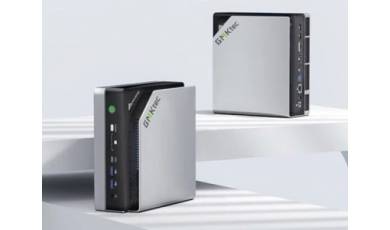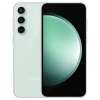LG has developed a new type of OLED display with low power consumption
|
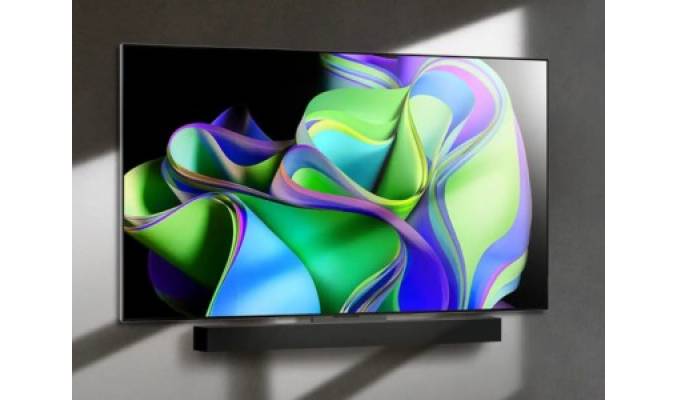 |
LG has announced the start of mass production of displays with phosphorescent OLED OLED technology was invented by Eastman Kodak in the early 1980s. OLED panels are made from organic (carbon based) materials that emit light when electricity is applied through them. Since OLEDs do not require a backlight and filters (unlike LCD displays), they are more efficient, simpler to make, and much thinner. OLEDs have a great picture quality - brilliant colors, fast response rate and a wide viewing angle. OLEDs can also be used to make OLED lighting - thin, efficient and without any bad metals.panels. The developers call them ?OLED Dreams,? and the technology is said to be ready to be incorporated into consumer TV models. OLED technology was invented by Eastman Kodak in the early 1980s. OLED panels are made from organic (carbon based) materials that emit light when electricity is applied through them. Since OLEDs do not require a backlight and filters (unlike LCD displays), they are more efficient, simpler to make, and much thinner. OLEDs have a great picture quality - brilliant colors, fast response rate and a wide viewing angle. OLEDs can also be used to make OLED lighting - thin, efficient and without any bad metals.panels. The developers call them ?OLED Dreams,? and the technology is said to be ready to be incorporated into consumer TV models.
The term ?OLED Dreams? refers to a matrix that utilizes the phenomenon of phosphorescence. Traditional models use fluorescence, emitting photons of red, green and blue light immediately after being energized with relatively low energy efficiency.
Phosphorescence, in turn, helps the matrix briefly store energy, providing nearly 100 percent luminescence efficiency. The technology itself is not new, but only LG has so far managed to make such a panel effectively emit blue ?short-wave? light, which is energy-intensive.
The company solved the problem by using a hybrid two-layer tandem OLED OLED technology was invented by Eastman Kodak in the early 1980s. OLED panels are made from organic (carbon based) materials that emit light when electricity is applied through them. Since OLEDs do not require a backlight and filters (unlike LCD displays), they are more efficient, simpler to make, and much thinner. OLEDs have a great picture quality - brilliant colors, fast response rate and a wide viewing angle. OLEDs can also be used to make OLED lighting - thin, efficient and without any bad metals.structure with fluorescence in the bottom layer and blue phosphorescence in the top layer. The matrix also includes phosphorescent organic light-emitting diodes (PHOLEDs). As a result, the new screens consume 15% less electricity compared to classic screens at a similar brightness level. OLED technology was invented by Eastman Kodak in the early 1980s. OLED panels are made from organic (carbon based) materials that emit light when electricity is applied through them. Since OLEDs do not require a backlight and filters (unlike LCD displays), they are more efficient, simpler to make, and much thinner. OLEDs have a great picture quality - brilliant colors, fast response rate and a wide viewing angle. OLEDs can also be used to make OLED lighting - thin, efficient and without any bad metals.structure with fluorescence in the bottom layer and blue phosphorescence in the top layer. The matrix also includes phosphorescent organic light-emitting diodes (PHOLEDs). As a result, the new screens consume 15% less electricity compared to classic screens at a similar brightness level.
The full release of new generation displays will take place in the U.S. on May 11 at the SID 2025 exhibition.
|


